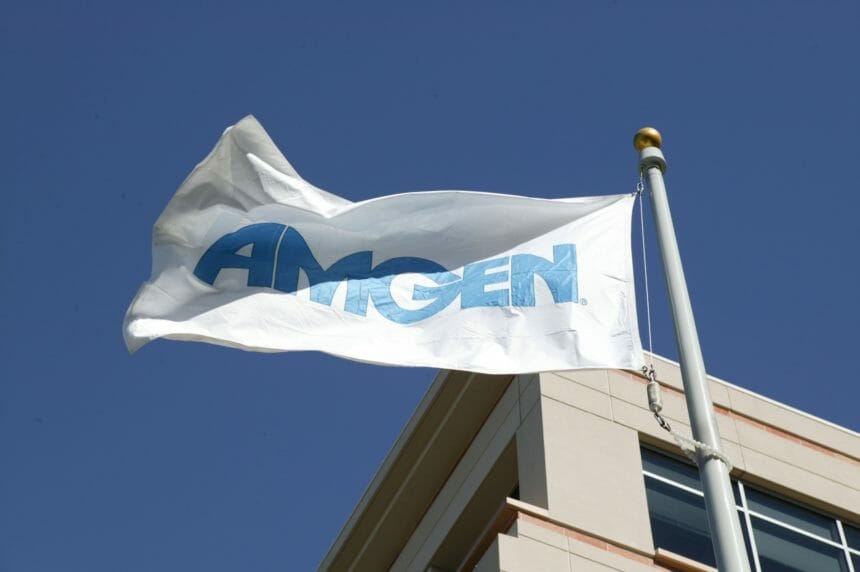Amgen recently had two big wins. First, after years of wrangling with the FDA, they finally won approval for their innovative osteoporosis drug, Evenity. Second, Amgen launched Evenity at a price based on value and convenience that actually undercuts other treatments.
Why is this exciting? The obvious reason: millions of people at risk for osteoporotic fractures have a new treatment option. Less obvious, but nearly as satisfying: So far our critics seem to be acknowledging that Evenity is an example of how pharma benefits everyone’s health.
The Evenity story is fascinating. Nearly 20 years ago, medical researchers were investigating patients in South Africa with a rare and devastating disease characterized by uncontrolled bone growth. The problem was traced to a gene mutation that prevented the production of sclerostin, a hormone that contributes to normal bone breakdown. Without this hormone, patients’ bones continued to grow unimpeded, in some cases, even fusing together.
Chiroscience, a U.K. biotech startup, had a big idea. What if we could temporarily turn off the production of sclerostin in people with osteoporosis? Once sufficient bone had been regained, the treatment would be halted. This could provide a completely novel approach.
Alternative treatments either attempted to stop bone loss or stimulated bone growth but also broke bone down. The result was a monoclonal antibody named romosozumab. Chiroscience was eventually purchased by UCB, which partnered with Amgen to undertake clinical development of what became Evenity.
The data are dramatic. In one Phase 3 study, Evenity cut spinal fracture rates roughly in half versus alendronate, from 12% to 6.2%. That’s a huge benefit as we’ll see an estimated 3 million osteoporotic fractures over the next six years, creating a $25 billion burden on our healthcare system.
As with nearly all drugs, there are cautions with Evenity. In one Phase 3 trial, patients had an increased risk of heart attacks and strokes (2.5% vs. 1.9%). For this reason, Evenity has a black box warning and can be given for only one year.
The knee-jerk question critics posed after the FDA’s approval was “OK, but what will it cost?” Fair enough. How do you put a price on preventing a bone fracture? What’s it worth to avoid a debilitating catastrophe that affects one out of three women and one of five men during the course of their lives?
Amgen decided not to set a price based on the drug’s efficacy, but rather on its convenience and the cost of a complete treatment. Administered by injection once monthly for a maximum of 12 doses, a single injection is priced at $1,825, $21,900 for a year’s supply. Rival drugs such as Forteo and Tymlos cost a similar amount for a course of therapy, but their treatments are longer and require more frequent injections. Thus, although the price per injection of Evenity is higher, the price for a complete treatment turns out to be 34% to 74% less than its competitors.
Some stock analysts are skeptical of Evenity’s financial impact, given the fact Amgen’s other osteoporosis drug, Prolia, is expected to exceed $3 billion in sales by 2024. Evenity may not reach even a tenth of that. But whether it becomes a $300 million or a $3 billion dollar drug is beside the point.
Evenity will soon be restoring bone in tens if not hundreds of thousands of osteoporotic patients — and at a price that will ultimately save millions of U.S. healthcare dollars. If that’s not news to be proud of, I don’t know what is.
From the June 01, 2019 Issue of MM+M - Medical Marketing and Media







